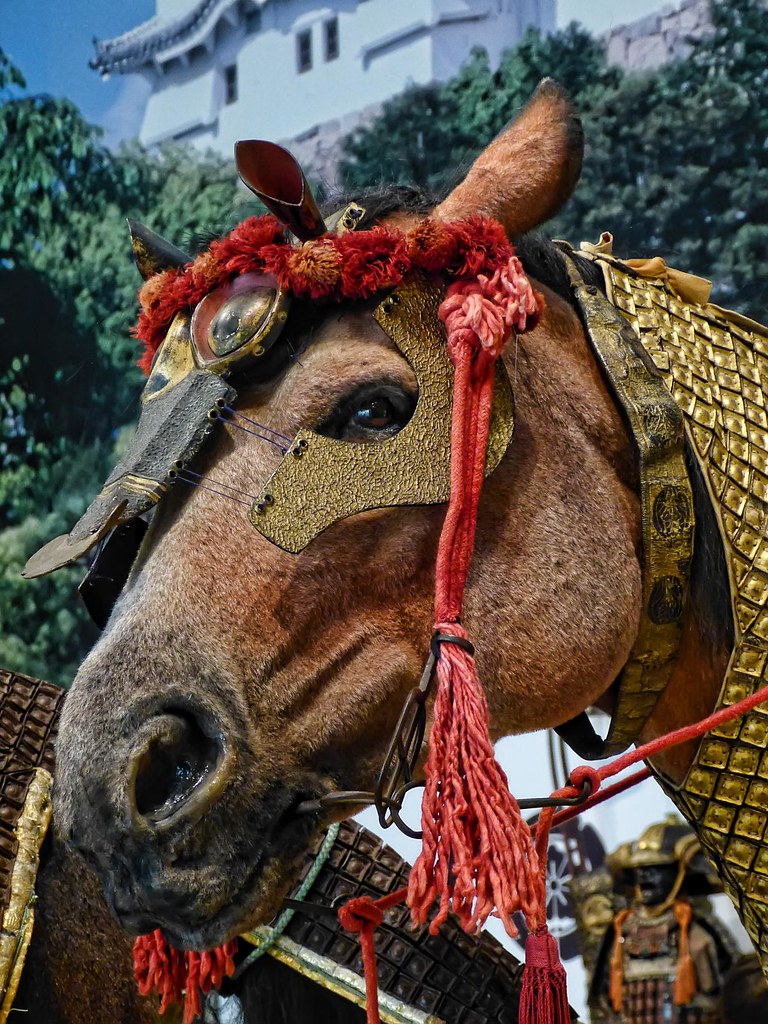Horses have left an indelible mark on Japanese history, symbolizing strength and continuity while transforming military, agricultural, and cultural practices. This article delves into the multifaceted history and significance of horses in Japan.
Historically, it was believed that horses arrived in Japan during the 5th century AD, particularly during the Kofun era. However, emerging archaeological evidence has challenged this notion, indicating that horses existed in Japan as early as the prehistoric and Neolithic ages.

Fossil records from different epochs corroborate the presence of horses long before the Kofun era:
Further, some small-sized horse fossils from the Middle Pleistocene have been found, suggesting local horse populations before the recognized historical timeline.
The prevailing theory points to the migration of horses from the Asian continent to Japan during the late Pleistocene when sea levels were significantly lower. The arrival routes likely include:

The domestication of horses in Japan is a plausible scenario, supported by evidence of horses in Jomon era shell mounds, revealing their significance in ancient societies. Contrary to earlier beliefs, wild horses likely persisted into the Neolithic period in Japan.
Horses played a transformative role in Japanese warfare, particularly during the Yamato period. Their utilization in military contexts provided several strategic advantages:
Breeds such as the Kiso horse and Misaki horse were notable for their contributions to military campaigns.
| Breed | Characteristics | Uses |
|---|---|---|
| Kiso Horse | Resilient and adaptable | Agriculture, warfare |
| Misaki Horse | Agile | Tactical maneuvers |
| Noma Horse | Smallest breed | Pack animal, farming |
| Hokkaido Horse (Dosanko) | Cold climate adaptation | Transportation, farming |
| Yonaguni Horse | Rare and endangered | Unique characteristics |
Horses have a prominent place in Japanese cultural traditions. They feature heavily in traditional festivals and practices such as Yabusame, which involves archery from horseback. Horses also occupy symbolic roles in Japanese folklore and art, representing loyalty and strength.
In the domain of religion, horses are sacred in Shinto practices. They are considered holy mounts of the kami (gods), with historical practices involving the offering of live horses to shrines, a tradition that evolved into the giving of ema (wooden tablets with horse images) as votive offerings.
Today, the cultural significance of horses has evolved into modern practices such as horse racing, with events like the Japan Cup drawing significant attention. The modernization includes advancements in veterinary care, nutrition, and training regimens to maintain the welfare and performance of these majestic animals.
The preservation of Japanese horse heritage is ongoing, with measures such as breeding programs, community education, and support for traditional events. Advocacy for policies protecting horse breeds and their habitats is essential to keep this rich heritage alive.
Understanding the profound impact of horses on Japanese history reveals their cultural, military, and modern-day significance, offering a comprehensive view of their enduring legacy.

Immerse yourself in architecture’s most boundary-pushing ideas—where innovative home improvements meet visionary urban developments. Discover new building techniques, materials, and creative concepts that are redefining how we shape our spaces on a global scale.